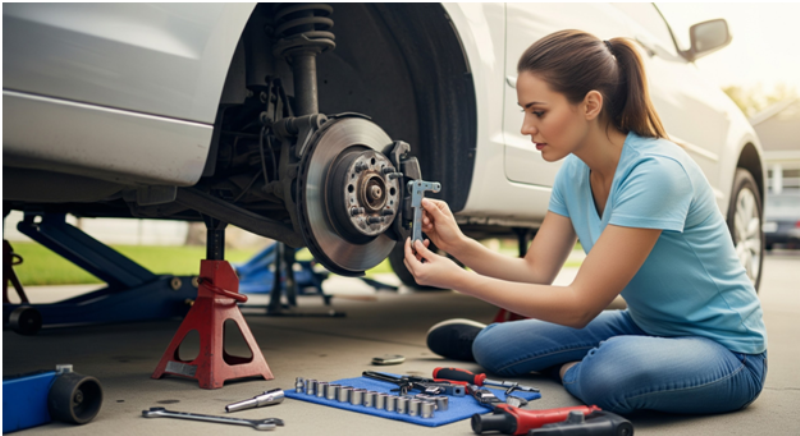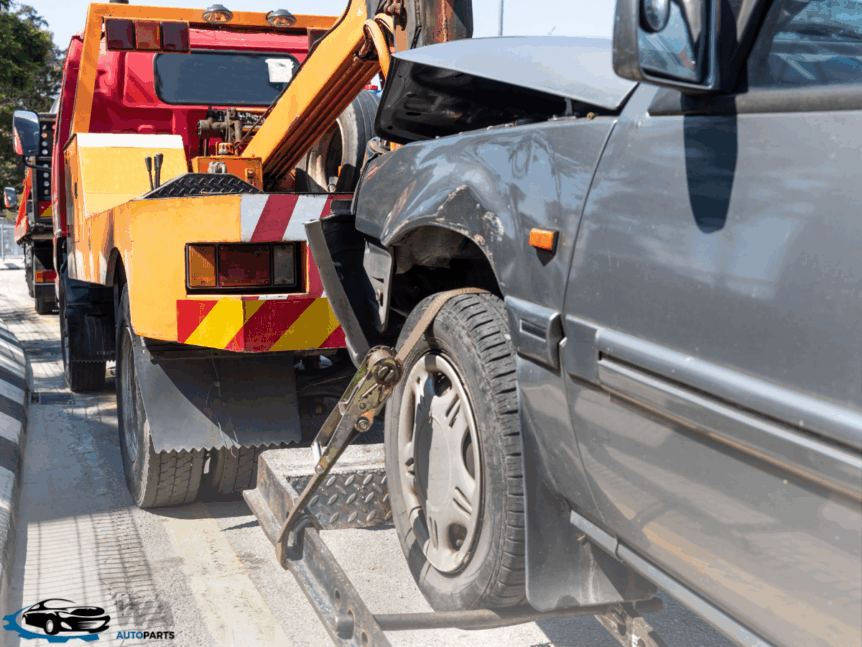
When your car needs new brakes, the path forward splits in two. Down one road lies the auto shop, offering professional expertise at a professional price. Down the other is the DIY route, promising significant savings for a bit of your own time and effort. The question of which path saves you more money is a classic dilemma for car owners.
But the real answer isn’t just about comparing the cost of parts to a mechanic’s final bill. The true value comes from weighing upfront savings against hidden costs, time investment, and the priceless commodity of safety. Let’s break down the real pros and cons of each approach to see which one is the smarter financial choice for you.
The Case for DIY: Empowerment and Immediate Savings
The appeal of replacing your own brake pads is undeniable, driven primarily by the potential for major cost savings.
The Pros:
- Eliminating Labor Costs: Labor can easily account for 50% or more of a professional brake job. By doing it yourself, you immediately cut your bill in half, paying only for the physical parts. This is the single biggest financial incentive.
- Total Control Over Parts: You get to be the purchasing manager. You can research and select the exact pads, rotors, and hardware that fit your performance needs and budget, from economy brands to premium, high-performance kits.
- A Rewarding Skill: There is immense satisfaction in successfully completing a critical maintenance task on your own vehicle. You gain valuable knowledge and the confidence to tackle other projects in the future.
The Reality Check (The Cons):
- The Tool Barrier: A proper brake job requires more than a basic socket set. To do it safely and correctly, you need jack stands, a torque wrench, a C-clamp or caliper piston tool, wire brushes for cleaning corrosion, and specialized brake grease. If you don’t own these, the initial tool investment can easily exceed $100, eating into your savings.
- Time is a Hidden Cost: An experienced mechanic can service one axle in about an hour. For a first-timer, this can easily become a four-to-five-hour job, including setup, cleanup, and the almost-inevitable mid-job trip to the auto parts store.
The Case for the Professional: Expertise and Peace of Mind
While the upfront cost is higher, paying a professional mechanic buys you much more than just their time.
The Pros:
- Guaranteed Safety and Expertise: This is the most critical advantage. Brakes are a safety-critical system where there is no room for error. A professional has the experience to perform the job to exact specifications and, more importantly, to spot collateral issues—like a worn wheel bearing or a leaking brake line—that a DIYer would likely miss.
- Warranty and Liability: Reputable shops provide a warranty on their parts and labor. If a part fails prematurely or the installation was faulty, the responsibility to fix it lies with them, not you. This is a crucial financial and safety net.
- Efficiency and Proper Equipment: Mechanics have hydraulic lifts, pneumatic tools, and advanced diagnostic equipment to perform the job quickly, safely, and effectively, getting you back on the road with minimal downtime.
The Cons:
- The Upfront Cost: There is no getting around it—you are paying for labor, and the initial bill will be significantly higher than the cost of parts alone.
- Finding a Trustworthy Shop: The value of a professional job hinges on the integrity of the shop. You must find a reputable mechanic to avoid the risk of being upsold on services you don’t truly need.
The True Cost Analysis
Let’s imagine a brake job on a single axle where quality pads and rotors cost $150.
- DIY Scenario: The parts cost $150. If you need to buy a new torque wrench and jack stands, add another $125. Your initial outlay is now $275. However, the biggest hidden cost is risk. If you accidentally strip a caliper bolt or damage a brake hose, your “savings” evaporate as you pay for more parts or a tow to a shop to fix the mistake.
- Professional Scenario: The shop charges you $150 for the same parts plus $200 in labor for a total of $350. While the sticker price is higher, this cost is fixed. It includes a warranty, a professional inspection of the entire braking system, and the assurance that the job was done safely.
For many, the $100-$150 premium for a professional job is a small price to pay for a safety guarantee. To see a more detailed look at what goes into that final bill, check out this guide on Brake Pad Replacement Costs. Ultimately, while DIY is a great way for experienced home mechanics to save money, the value of safety, expertise, and a warranty makes professional service the more prudent financial choice for the vast majority of drivers.




